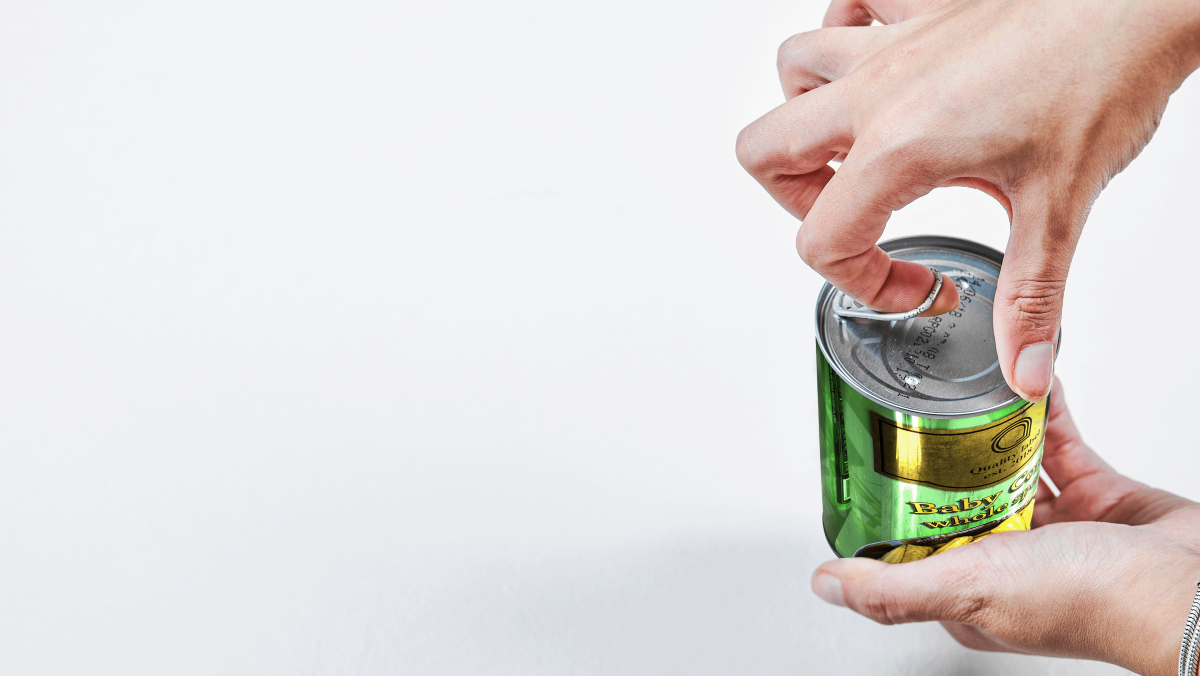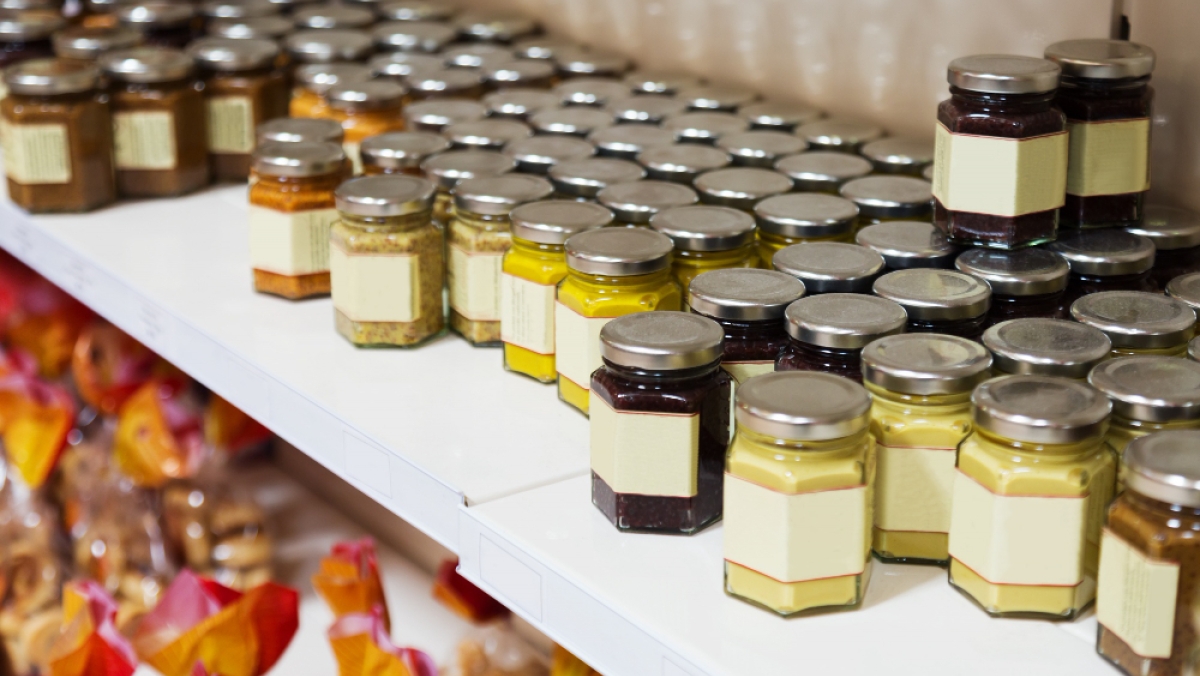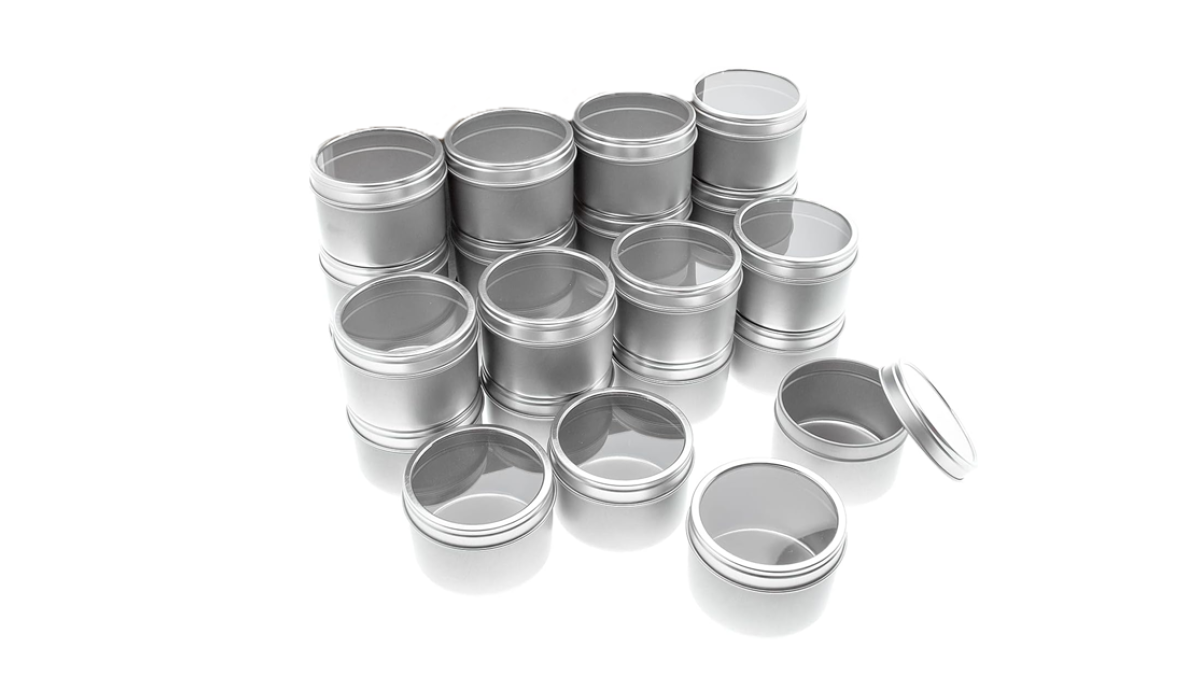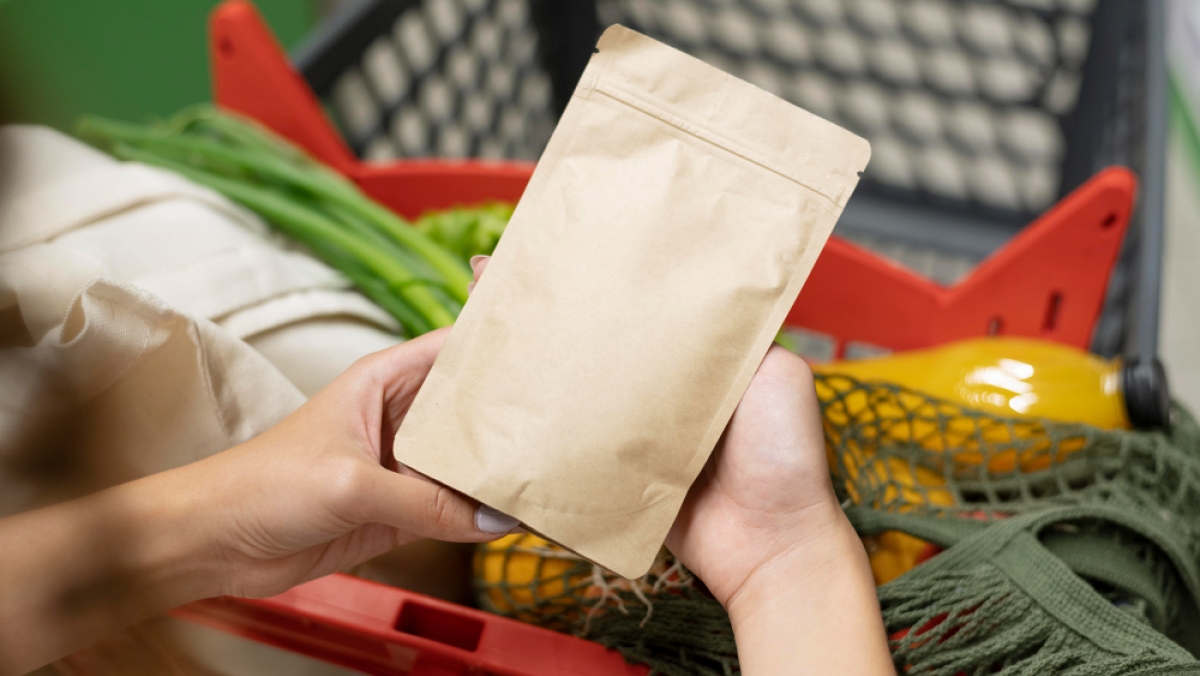Freshness, Sustainability and Quality: The Future of Tuna Packaging in LATAM
As the demand for tuna continues to grow across Latin America (LATAM), packaging is becoming a critical element in shaping consumer perceptions. Consumers today expect more than just a functional container; they want packaging that reflects the quality and freshness of the product inside, while also aligning with their growing environmental concerns.
The Premiumization of Tuna Products: Packaging as a Differentiator
Across LATAM, the perception of tuna is shifting from being a budget-friendly staple to a high-quality, nutritious food choice. As consumers become more selective, brands are responding by positioning their tuna products as premium, high-end items. This premiumization trend is especially evident in how packaging is used to communicate value.
Research on consumer behavior shows that packaging is crucial in driving purchase decisions, particularly in a market as competitive as canned tuna. A premium, high-gloss look of packaging can help brands not only catch the shopper’s attention but also establish an emotional connection by reflecting the product’s quality and sustainability.
Sustainability and Consumer Expectations
Consumers in LATAM are not only focused on the quality of the food they buy but also on the impact their purchases have on the environment. This has put a spotlight on tuna brands to ensure that their products are sustainably sourced and responsibly packaged. Regulatory pressures and consumer demand for transparency have influenced the way tuna is fished and packaged globally.
For example, in 2023, Walmart and Sam’s Club introduced stringent new standards for tuna suppliers, requiring 100% observer monitoring on fishing vessels by 2027 to combat illegal fishing and reduce bycatch, further strengthening their commitment to sourcing from sustainable fisheries. Similarly, UK retailer Waitrose saw increased demand for Marine Stewardship Council (MSC)-certified tuna, as customers prioritized sustainability despite rising costs. These actions follow earlier high-profile cases like Tesco’s decision to delist John West products in 2016 due to unsustainable fishing practices, underscoring how sustainability has become a crucial factor for both retailers and consumers.

Tuna is often seen as an environmentally conscious choice when responsibly sourced, and recyclable packaging is an essential part of that eco-friendly narrative. In a world increasingly concerned with environmental footprints, making your packaging part of the sustainability solution—not the problem—is a powerful way to earn consumer trust.
The Four Common Types of Tuna Packaging: Pros and Cons
To meet a wide variety of consumer preferences and product requirements, brands can choose from several different packaging types. Each offers unique advantages and challenges that impact both the brand image and the consumer experience.

1. Metal Cans
Pros: Metal cans are a traditional and widely recognized form of tuna packaging, known for their durability and superior barrier properties, which help preserve the product’s freshness. They are lightweight and easy to store, with a long shelf life.
Cons: One of the main drawbacks of metal cans is that they don't allow consumers to see the product inside, which can sometimes create hesitation. Metallized labels can mitigate this by visually reflecting the product’s quality and freshness through their water-like sheen.

2. Glass Jars
Pros: Glass jars offer a premium look and allow consumers to see the tuna before purchase, which can be reassuring. The product inside often appears fresher and in larger pieces, making it appealing to consumers who want a more gourmet option.
Cons: Glass is fragile, heavier to transport, and more expensive to produce and ship. Its environmental footprint is also higher due to transportation costs, and it requires careful handling during shipping and storage.

3. Clear Lid Cans
Pros: These combine the durability of traditional cans with the transparency of glass jars, allowing consumers to see the product while retaining the benefits of metal.
Cons: This packaging type can be more expensive and less flexible in terms of labeling, which limits its cost-effectiveness for some brands.

4. Pouches
Pros: Pouches are a lighter, flexible alternative to cans and are vacuum-sealed to preserve freshness without the need for added liquids. The convenience and reduced environmental impact of pouches make them an increasingly popular option, particularly for ready-to-eat tuna.
Cons: Pouches can be more difficult to handle, store, and transport due to their lack of structure. They also don't provide the same premium feel or shelf
Why Labeled Cans Are the Go-To Option
Labeled cans have become a go-to solution for brands because of their incredible flexibility and cost-efficiency. Unlabeled cans can be produced and stocked in bulk, with labels applied as needed, allowing brands to quickly adapt to market fluctuations, localized preferences, or special promotions without the need for a full redesign of the can itself. This adaptability not only aids in keeping costs down but also ensures the packaging stays current and consistent with the brand’s identity.
Additionally, the customizability of labels offers significant advantages in terms of visual appeal. Labels provide greater design freedom than direct printing, allowing for more detailed, vibrant, and eye-catching graphics that help capture consumer attention. They also provide an excellent medium to showcase a brand’s messaging and product benefits. Premium label options can further enhance a product’s shelf presence, giving it an edge in a competitive retail environment.
The Rise of Private Labels in the Tuna Market
Private label products are becoming increasingly popular across LATAM as retailers seek to offer consumers quality options at lower prices. These in-house brands are rapidly gaining market share in the tuna sector by positioning themselves as cost-effective alternatives to established brands while still maintaining a strong focus on quality. As more retailers embrace private labels, they are able to compete effectively by offering value-driven products that don’t compromise on consumer expectations for premium quality.
Packaging plays a pivotal role in how private label products differentiate themselves, especially in conveying value and quality. Metallized labels are an affordable yet impactful packaging solution for private labels. They enable private brands to project a premium image without significantly driving up costs. This allows private labels to compete not only on price but also on shelf appeal, carving out a significant portion of the tuna market by attracting budget-conscious consumers looking for high-quality options.
The Role of Metallized Labels in Tuna Packaging
Metallized labels offer various benefits that extend beyond their visual appeal, making them an ideal choice for any brand—whether an established player or a private label—looking to enhance the appeal and environmental sustainability of their tuna packaging.
1. Freshness Perception: The reflective, water-like finish of metallized labels is designed to evoke a sense of purity and ocean freshness, a key quality that consumers look for when purchasing tuna. This visual element strengthens the perception of product quality, making the packaging more attractive.
2. Premium Look: The high-gloss, sophisticated appearance of metallized labels helps products stand out on crowded shelves, which is critical in the competitive tuna category. Even small packaging distinctions can influence purchasing decisions, and a premium-looking package can sway consumers to choose one brand over another.
3. Shelf Appeal: The reflective nature of metallized labels makes them highly eye-catching, drawing attention in busy retail environments. In a market where consumers make split-second decisions, packaging that immediately grabs attention is crucial for driving sales.
4. Sustainability: Compared to direct-printed cans, metallized labels are a more eco-friendly solution. They can be easily separated from the cans, allowing for better recycling and reuse of the packaging. This not only helps brands reduce waste but also aligns with growing consumer demand for environmentally responsible packaging options.
5. Adaptability: Metallized labels offer unmatched flexibility, allowing brands to produce unprinted cans in large quantities and apply different labels as needed for specific markets, promotions, or product variants. This adaptability is especially beneficial for private label brands, which often need to optimize production and inventory costs while remaining responsive to market demands.
By leveraging the unique advantages of metallized labels, private labels and established brands alike can better compete in the LATAM tuna market, offering consumers both quality and sustainability without compromising on shelf appeal.
Conclusion: Packaging Innovation for a Competitive LATAM Tuna Market
The tuna market in LATAM is poised for growth, driven by evolving consumer expectations around premium quality and sustainability. Packaging plays a pivotal role in shaping how consumers perceive tuna products, with metallized labels offering a powerful solution for brands looking to differentiate their products.
Whether through their visual appeal, flexibility, or sustainability benefits, metallized labels can help brands convey the freshness and quality that consumers expect while standing out on the shelf. As the market continues to shift toward premiumization and sustainability, the right packaging choices will be critical for success.
For tuna brands in LATAM, now is the time to explore packaging innovations that not only protect the product but also elevate the consumer experience.
Sources
- Euromonitor International - Packaged Food in Latin America: https://www.euromonitor.com/article/packaged-food-in-latin-america-opportunities-for-a-new-normal
- Grand View Research - Latin America Packaged Tuna Market: https://www.grandviewresearch.com/horizon/outlook/packaged-tuna-market/latin-america World Economic Forum - Responsible Tuna Supply Chains: https://www.weforum.org/friends-of-ocean-action/new-global-commitment-to-environmentally-and-socially-responsible-tuna-supply-chains/
- FairPlanet - Efforts to Conserve Tuna Species in Latin America: https://www.fairplanet.org/dossier/fishery-latin-america/tuna-the-fight-to-save-a-species/
- Global Tuna Alliance - 2025 Pledge Towards Sustainable Tuna: https://www.weforum.org/friends-of-ocean-action/new-global-commitment-to-environmentally-and-socially-responsible-tuna-supply-chains/ Food & Wine - Dolphin-Safe Tuna Label: https://www.foodandwine.com/what-does-dolphin-safe-tuna-mean-8695614?utm_source=chatgpt.com
- Euromonitor International - Sustainable Packaging in Latin America: https://www.euromonitor.com/article/navigating-sustainable-packaging-in-latin-america Atuna - Sustainable Canned Tuna Market: https://www.atuna.com/magazine/pacifical-s-increasing-grip-on-the-sustainable-canned-tuna-market/ https://tipa-corp.com/blog/packaging-psychology/